By Harold E. Raugh, Jr.
German Field Marshal Erwin Rommel, renowned as “the Desert Fox,” was a master of mobility and maneuver warfare during the see-saw North African campaign of World War II. He was successful because of his dynamic leadership abilities, technical and tactical competence, ability to understand and properly use the terrain, professionalism and perseverance, and ardent desire to be as far forward as possible to best “see” the battlefield and control military operations.
There was another more significant and less known factor that permitted Rommel to seemingly always be “at the right place at the right time.” Rommel frequently received detailed and accurate information on Allied troop dispositions, tactical innovations, logistical concerns, and future plans from what he called “die gute Quelle”—“the Good Source.” The “Good Source” of Rommel’s high-grade intelligence was, ironically and surprisingly, the U.S. Military Attaché to Egypt, Major (later Colonel) Bonner Fellers, U.S. Army.
Fellers, born in 1896, graduated from West Point in November 1918. He was commissioned a second lieutenant in the Coast Artillery Corps of the U.S. Army. During the following two decades, Fellers’ military assignments were typical of those of a junior officer: various military courses and schools, instructor duty at West Point, and troop and staff duty in the Philippines.
Major Fellers was assigned as the U.S. Military Attaché to Egypt in 1940. The Americans had not yet entered the war and were eager to have an astute and intelligent observer report firsthand on British combat operations against their Italian, and later, German desert adversaries. Fellers recognized the importance of his position and its responsibilities: “I learned very soon after I got to Cairo that if I was going to be a good observer and write good reports I’d better report what I saw myself. Some people in Washington had the idea that the British were handing me all my material. That’s an injustice to the British because they weren’t but they permitted me to go wherever I wanted in the desert and it wasn’t difficult to learn a great deal.”
Fellers did not have to wait long after arriving in Cairo to begin his attaché duties and observe British military operations. The British were apparently eager to solicit American support and engender a feeling of cooperation between the armies of the two nations. Accordingly, British Lt. Gen. (later Field Marshal Lord) Henry Maitland Wilson, commanding British troops in Egypt, invited Fellers to accompany him to observe “Training Exercise No. 1” in the Western Desert during November 25-26, 1940. Fellers had unrestricted access to the exercise area and all participants.

After returning to Cairo from this exercise—which, unknown to Fellers and all but a handful of senior British commanders and staff officers, was in fact a rehearsal for Operation Compass—Fellers wrote an interesting and detailed report on his observations and experiences. Before making a radio transmission, Fellers encoded this and all subsequent messages in a new, supposedly impregnable top-secret code called “Black,” from the color of its binding.
Entitled “Training Exercise, Western Desert, Nov. 25-26,” this report contained Fellers’ astute observations and assessments and manifested the desire to provide his superiors with as much detailed information as possible. An illuminating extract from this report describes British tanks during the exercise:
“I saw thirty or forty medium tanks of about 18 tons and possibly an equal number of light Whippet tanks of about 9 tons. The new Infantry tank, called I tank, of thirty tons, appears to be almost perfect. I believe the British have 50 of these tanks. I counted forty-three and understood seven were undergoing minor repairs. This tank is heavily armored; it has all round turret fire from a two pounder whose muzzle velocity is 2240 feet per second. I saw but two of the forty-three breakdown [sic] during some seventy-five miles of operation. The British are confident the Italians cannot stop this tank and I believe they are right.”
During the following months, Fellers continued to frequently send equally detailed reports to his superiors. Examples of other reports include “Army Cooperation by R.A.F.,” and “Report of Attack on Haraklion [sic], Crete.” On other occasions Fellers prepared special reports for, and sent copies of important (and usually highly classified) British documents to Colonel (later Maj. Gen.) William J. Donovan, a World War I Medal of Honor winner then on a Mediterranean fact-finding mission for U.S. President Franklin D. Roosevelt. Donovan later organized and headed the Office of Strategic Services (OSS), the forerunner of the Central Intelligence Agency.
The Black diplomatic code used by Fellers was not as invulnerable to interception and decryption, or simple theft, as he thought. In September 1941—two months before the Japanese attack on Pearl Harbor and American entry into the war—members of the Servizio Informazioni Militari (Italian Military Intelligence), working undercover as servants in the American Embassy in Rome, stole the code. With unrestricted access to all foreign embassies in Rome (except the Russian), Italian General Cesare Ame, in charge of the heist, later recalled, “The operation wasn’t so difficult. All I had to do was reach for the American Embassy key from my office wall.”
The Black code was removed from the U.S. Embassy safe, rushed to the Italian Secret Service headquarters where it was photographed, then returned within two hours to its supposedly secure location. The theft of the Black code permitted the Italians to read almost all intelligence reports and other classified transmissions of all U.S. embassies in Europe and North Africa—including that in Cairo. Italian Foreign Minister Count Galeazzo Ciani gloated in his diary that the Italian “military intelligence service has come into possession of the American secret code; everything … is read by our decoding offices.”

The Italians did not share the precious Black code with their Axis partner Germany, although they did provide some decoded Black messages. The Germans, from a listening post at Lauf, near Nuremburg, monitored transmissions from Cairo and were soon able to break the Black code themselves. The Germans were aided in large part by Fellers’ consistent repetition of the same message address. The Germans looked for and isolated for priority handling messages that began either with “Milid. Wash.” (Military Intelligence Division, Washington) or “Agwar Wash” (Adjutant General, War Office, Washington) and were signed by Fellers. Even Adolf Hitler knew about “the Good Source,” and declared to Hermann Göring, “Let’s hope that the U.S. legation in Cairo keeps us well posted about Britain’s military planning, thanks to their poorly encoded messages.”
As the intensity of military operations in North Africa increased, so did the frequency of Fellers’ reports to Washington, complete with details of British troop dispositions and intentions. It took the Germans about two hours to identify Fellers’ messages, decode them, and translate them into German. After being encrypted in a German code, these messages were then transmitted directly to North Africa. As a result, by the beginning of 1942, every morning at breakfast Rommel was said to have received “a concise appreciation of his opponent’s plans, location of units, strength, and morale.” Such a daily diet of detailed and accurate enemy intelligence was veritably unprecedented.
Fellers continued to unwittingly serve as Rommel’s eyes and ears in the desert. A second set of ears was provided by German Captain Alfred Seebohm’s 3rd Radio Intercept Company. Seebohm’s unit was highly proficient at intercepting British and Allied signals intelligence, of which “the Good Source” was probably the most significant.
Fellers’ reports were having a considerable influence on Rommel’s conduct of operations, and greatly assisted him during his counterattack in Cyrenaica that began on January 21, 1942. On January 23, 1942, for example, Fellers reported that 270 airplanes and a number of antiaircraft artillery guns were being withdrawn from North Africa to reinforce beleaguered British forces in the Far East. Six days later, Fellers provided detailed information on numbers of British tanks damaged and their locations, as well as readiness ratings and dispositions of front-line armored and motorized units. Details of forthcoming British commando operations were revealed by Fellers on February 1, 1942, as was a report that new American M-3 tanks could not be used before mid-February. In 17 days Rommel’s force advanced an incredible 300 miles, and Fellers cabled Washington that he believed the Germans would soon reach Cairo.
The British, who themselves had broken much German coding out of German Enigma machines, were becoming suspicious of what seemed to be uncannily accurate information the Germans were receiving. Attention soon focused on the probable German interception and decoding of Fellers’ reports. This was an extremely delicate issue, and British Prime Minister Winston Churchill wrote to Roosevelt on February 25, 1942 that, “Some time ago … our experts claimed to have discovered the system and constructed some tables used by your Diplomatic Corps.” This was a subtle and polite way of informing Roosevelt that the U.S. diplomatic codes were vulnerable to compromise and the British smelled a rat. As a result, some U.S. codes, but not the Black code, were changed or replaced.
Fellers continued to diligently send his detailed observations to Washington—and unknowingly to Rommel—during the relative inactivity and consolidation of the following three months. At the end of a long supply line, with his fuel reserves practically depleted, Rommel was armed with an accurate enemy order of battle and other crucial revelations from “the Good Source.” He launched a German-Italian attack on May 26, 1942 to pre-empt a possible British offensive. Rommel’s assault was initially stunningly successful, as reported by Fellers:
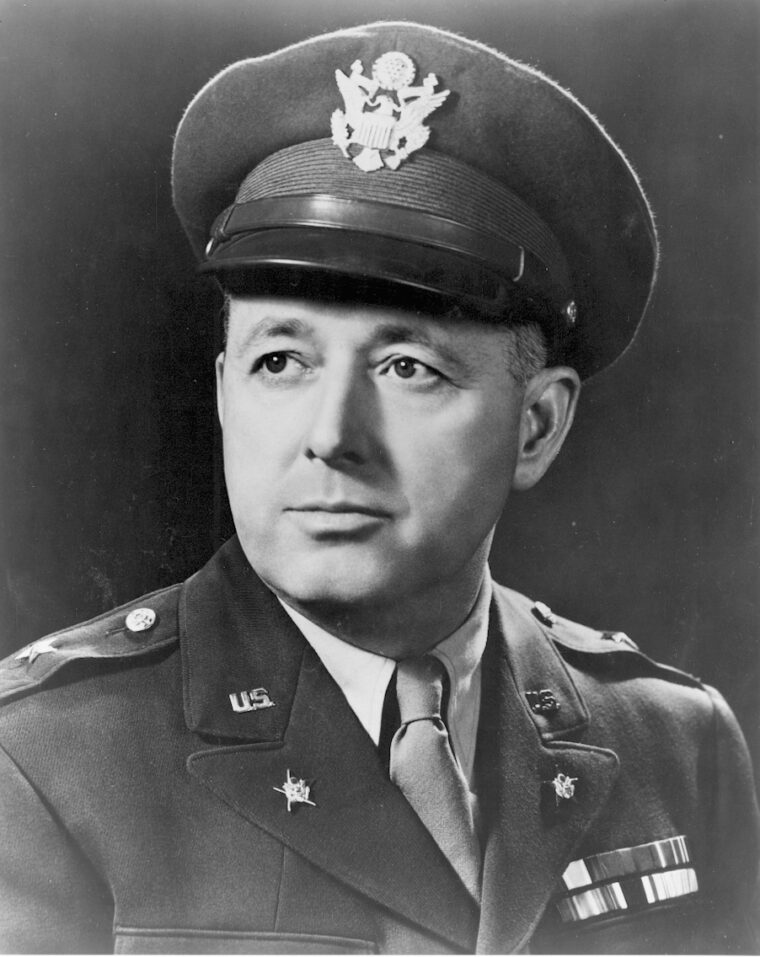
“May 27: Due to lack of proper security German Armored [sic] attacks completely surprised the British resulting in complete break through [sic] of the 7th Armored Division on the left. The 3rd India[n] Brigade was nearly destroyed and half of tanks of 4th Armored Brigade were lost. All this happened in first hour of attack…. Approximately 3,000 vehicles withdrew in wild panic…” Indeed, Hans-Otto Behrendt, an officer who served in the intelligence section of the Afrika Korps staff, emphasized that Rommel’s detailed knowledge of “British tank losses, the number of tanks operational, and general enemy strengths” from January to May 1942 came primarily from “the Good Source.”
The British knew Rommel was in a precarious logistical situation and was dependent on supplies and fuel that came by convoy from Italy. Accordingly, the British, based on Malta, made every effort to bomb these convoys and Axis ports (mainly Tripoli and Benghazi) on the North African coast. It became imperative for Rommel to try to remove this thorn in his side—Malta—to prevent the continued interdiction of his supply route. After incessant German bombing, Malta by the end of May 1942 was on the verge of starvation and surrender. The British intended to relieve Malta by convoys of their own. To minimize potential Axis air damage, a 78-ship relief convoy would be divided into two sections, each coming from a different direction: one section from Gibraltar in the west, and the other from Alexandria in the east.
The British planned to safeguard their two-section convoy to Malta by destroying Axis planes while they were still on the ground. Fellers, privy as usual to the British plans, sent his relevant report as the British ships prepared to sail. His message was intercepted at Lauf: “Nights of June 12th, June 13th—British sabotage units plan simultaneous sticker bomb attacks against aircraft on nine Axis airdromes. Plans to reach objectives by parachutes and long range desert patrols. This method of attack offers tremendous possibility of destruction. Risk is slight compared with possible gains.”
The British conducted their planned operation on the night of June 13, 1942. When the British paratroopers landed at their objectives, they were captured immediately. The British bombed empty airfields, because the German and Italian planes had been moved. The following morning, Axis planes, joined by submarines and destroyers, wreaked havoc on the unsuspecting convoy. Like sitting ducks, ship after ship was bombed, torpedoed, or fired upon, and sunk or damaged. Three times the convoy element in the east started from, and was forced to return to, Alexandria. The convoy sailing from Gibraltar was almost completely destroyed, with only two ships straggling into Malta.
The British, meanwhile, conducted a number of ill-coordinated, unsuccessful counterattacks, most notably on June 5, 1942, when German fortunes markedly turned for the better. Rommel relentlessly pressed the attack against the disorganized and demoralized British. Bir Hacheim, defended by the Free French Brigade, was occupied by the Germans on June 11, 1942. Ferocious tank battles took place on the following two days, resulting in some 120 British tanks destroyed and their hulks strewn over the desert battlefield. In the midst of this chaos, the British abandoned their Gazala position, exposing Tobruk, the goal that had constantly eluded Rommel.
After a massive coordinated German-Italian artillery barrage and Stuka dive-bomber attack, Rommel’s stalwart infantry assaulted its objective, followed by armor units. After hard fighting, the Tobruk fortress, along with some 32,000 dazed prisoners, 1,400 tons of fuel, 5,000 tons of provisions, and 2,000 vehicles, surrendered to Rommel’s desert-hardened force on June 21, 1942. The following day, Rommel reached the pinnacle of his profession as he was promoted to field marshal.
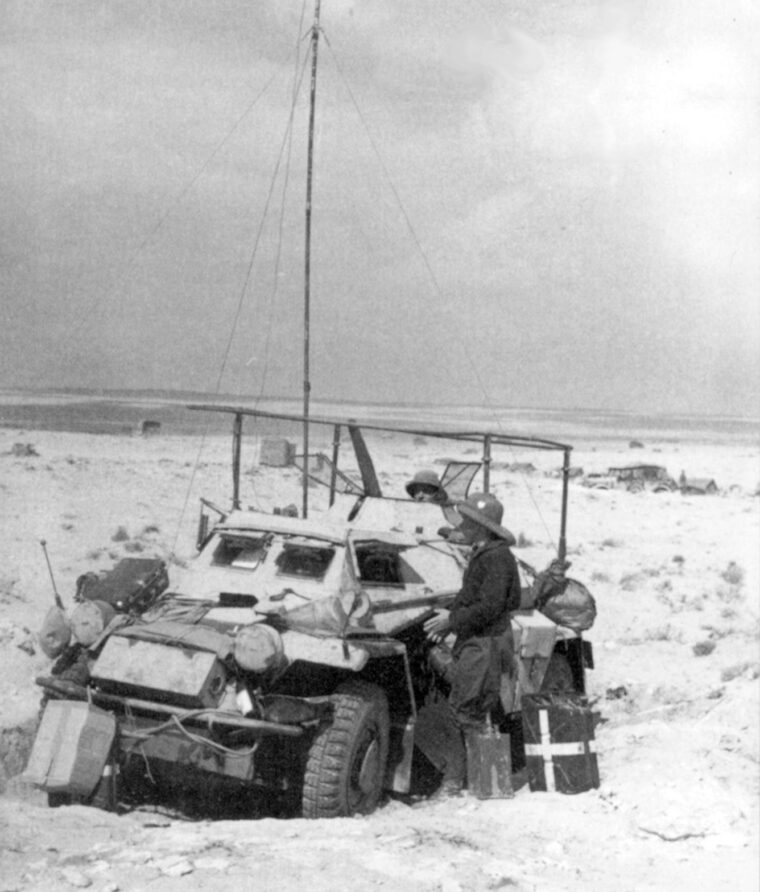
As the British were being mauled by the Germans and retreating to the Egyptian frontier in June 1942, London informed Washington and provided convincing proof that the Black code, and especially Fellers’ messages, had been cracked by the Germans. In addition, at 8:15 pm on June 27, 1942, a German radio station broadcast began: “We bring you a radio play with scenes from the British and American secret services.” The central figure in this German radio play was said to be the American military attaché in Cairo. There was purportedly confusion in Berlin that resulted in the script of the radio play containing verbatim translations of Fellers’ actual messages from Cairo.
As a result, the Black code was finally replaced with a new cipher. “We no longer had the incomparable source of authentic and reliable information,” recalled Behrendt, “which had contributed so decisively during the first half of 1942 to our victories in North Africa.” This situation was made even worse for the Axis when Captain Seebohm was killed on July 10, 1942 as his radio intercept company was overrun and annihilated and all codes and documentation—including copies of intercepted messages from Fellers—captured.
Rommel, deprived of “the Good Source,” or his “little fellers,” as he liked to call them, had lost his desert eyes and ears. A memo dated June 29, 1942 (the date of Fellers’ last message) in the files of “Foreign Armies West” in Berlin bemoaned, “We will not be able to count on these intercepts for a long time to come, which is unfortunate as they told us all we needed to know, immediately, about virtually every enemy action.” According to one of the last reports from “the Good Source,” the British planned to withdraw to fortified positions at El Alamein. The winds of change were blowing across the desert sands, and it seems that the turning of the tide in favor of the Allies coincided with Fellers going off the air.
Fellers, after the breaking of the Black code was confirmed in June 1942, was reassigned to the United States and shortly thereafter promoted to brigadier general. (He retired in 1946 and died in 1973.) In another twist, Fellers’ service and reports as military attaché in Egypt earned him the prestigious Distinguished Service Medal. The citation in part read: “His reports to the War Department were models of clarity and accuracy. Colonel Fellers, by personal observation of the battlefields, contributed materially to the tactical and technical development of our Armed Forces.” From the German perspective, Fellers’ information “was not only strategically but tactically of the utmost usefulness. In fact it was stupefying in its openness.” It would seem that Fellers’ contributions to the Germans were equally deserving of the award of the Iron Cross.
It is highly probable that, without “the Good Source” of U.S. Army Colonel Bonner Fellers’ detailed military attaché reports from Egypt, Rommel would not have been able to skillfully exploit British tactical, technical, and leadership weaknesses and drive his adversary back across the sands of North Africa to some 90 miles of Alexandria and within striking distance of Cairo and the Suez Canal. To be sure, Fellers’ reports had provided “the clearest picture of enemy intentions ever available to a military commander.”
Without Fellers’ eyes and ears guiding him, Rommel might not have been at the right place at the right time on the battlefield, and he might not have had the chance to gain his legendary reputation as “the Desert Fox.”
Harold E. Raugh, Jr., retired in 1998 as a Lieutenant Colonel of Infantry after 20 years’ service in the U.S. Army. He holds a Ph.D. in history from UCLA, has served as an Assistant Professor of History at West Point, and is currently an Adjunct Professor of National Security Studies at the American Military University. He is the author of Wavell in the Middle East, 1939-1941: A Study in Generalship (London: Brassey’s UK, 1993) and many articles.
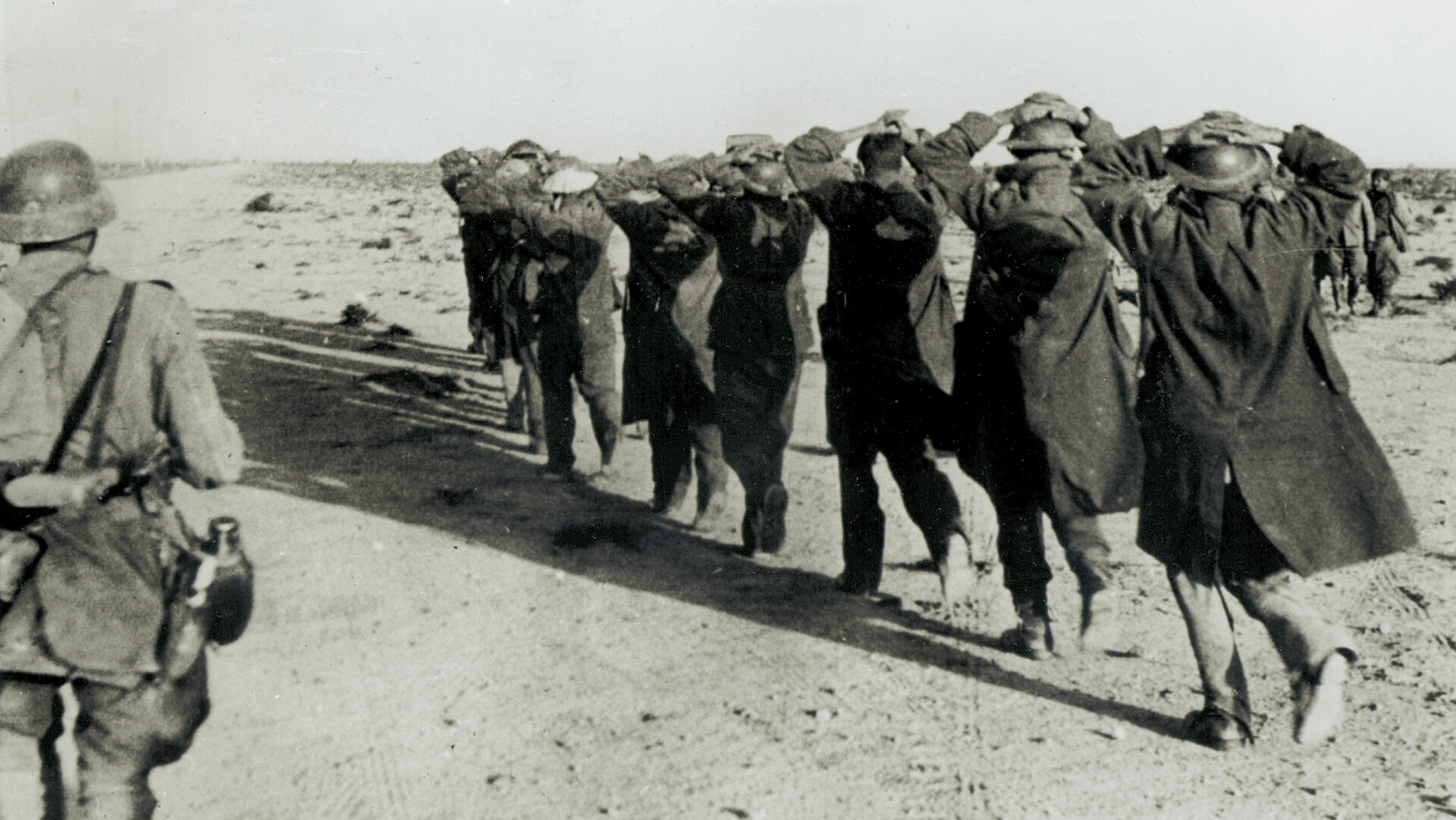
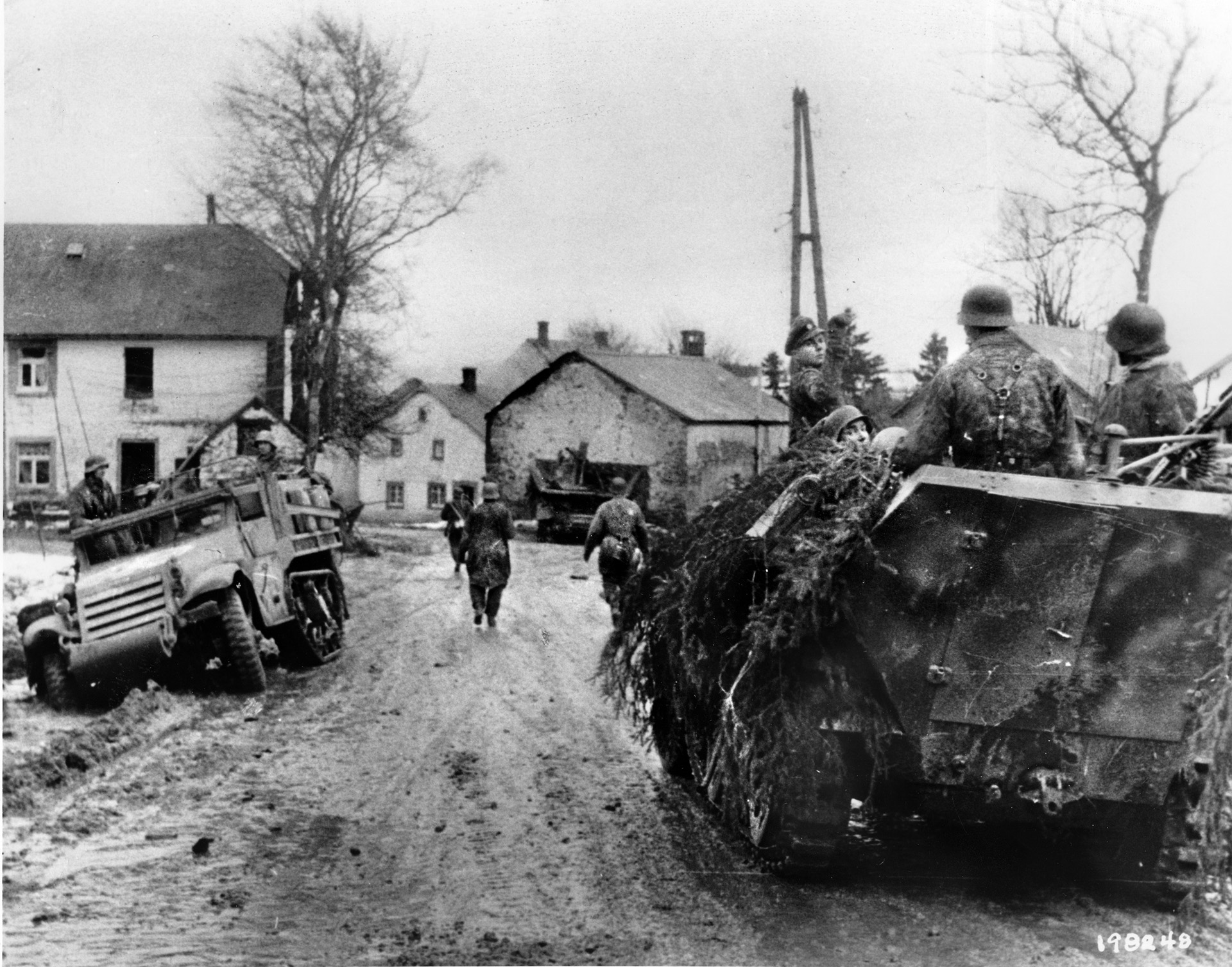
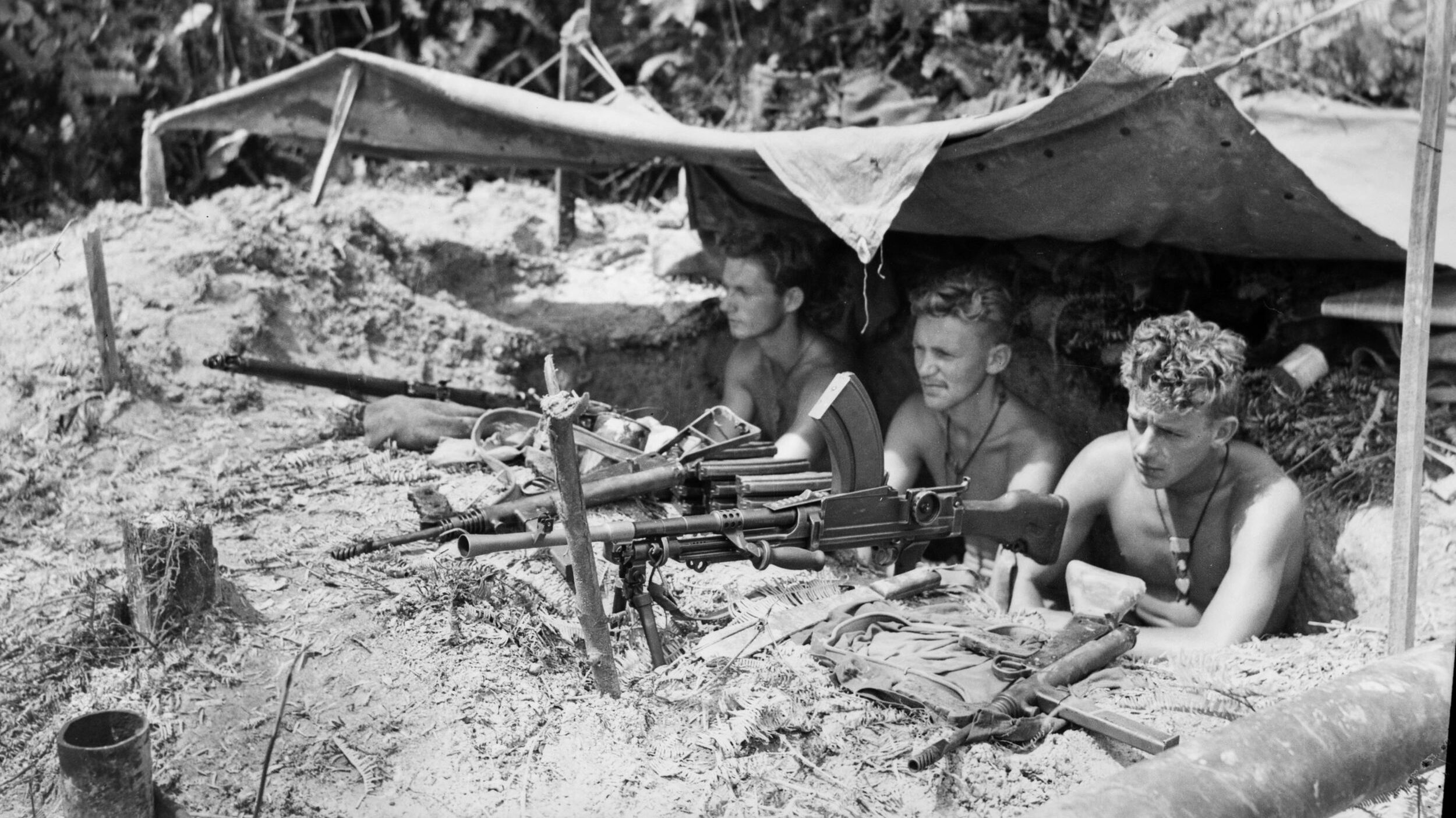
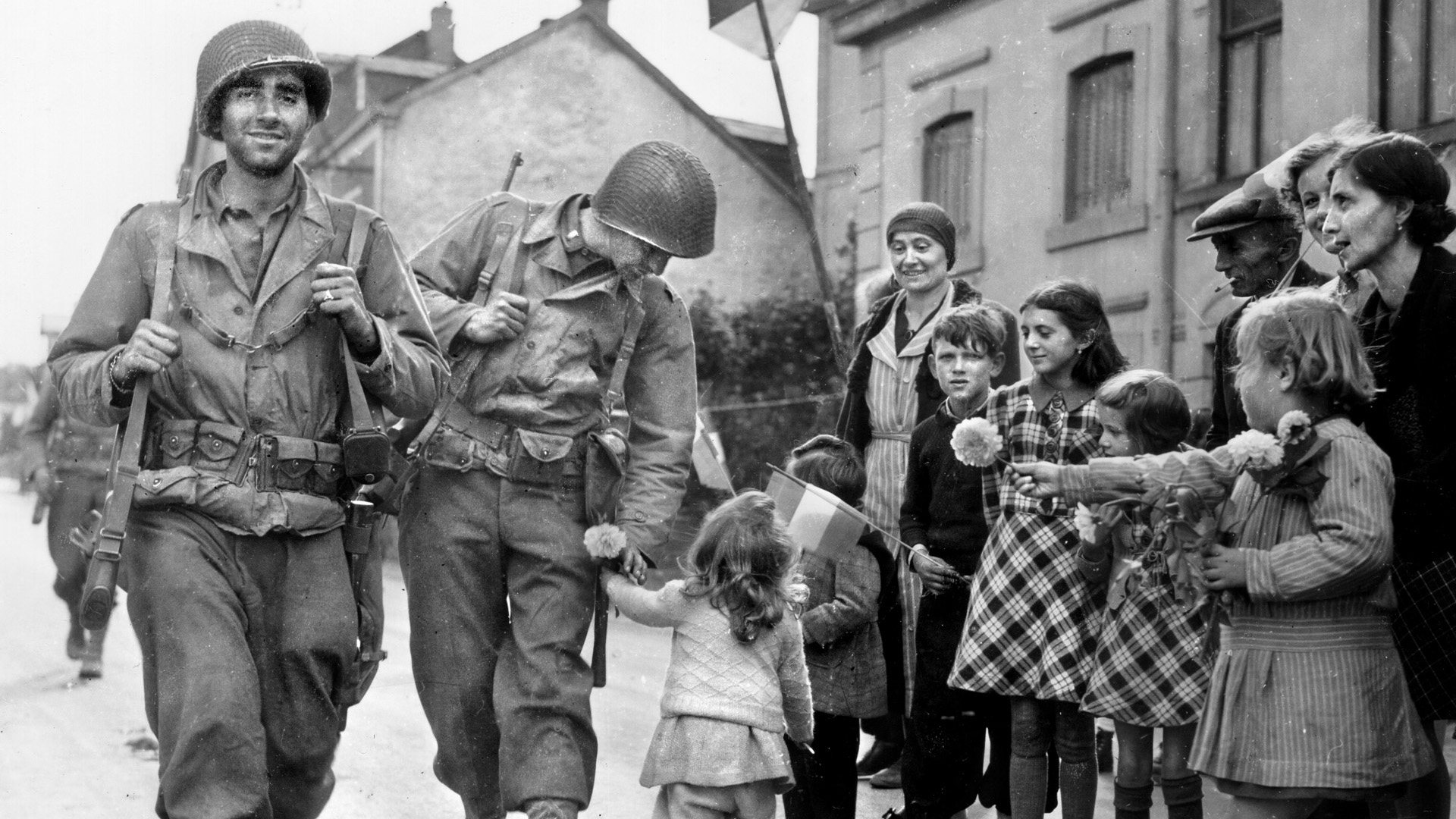

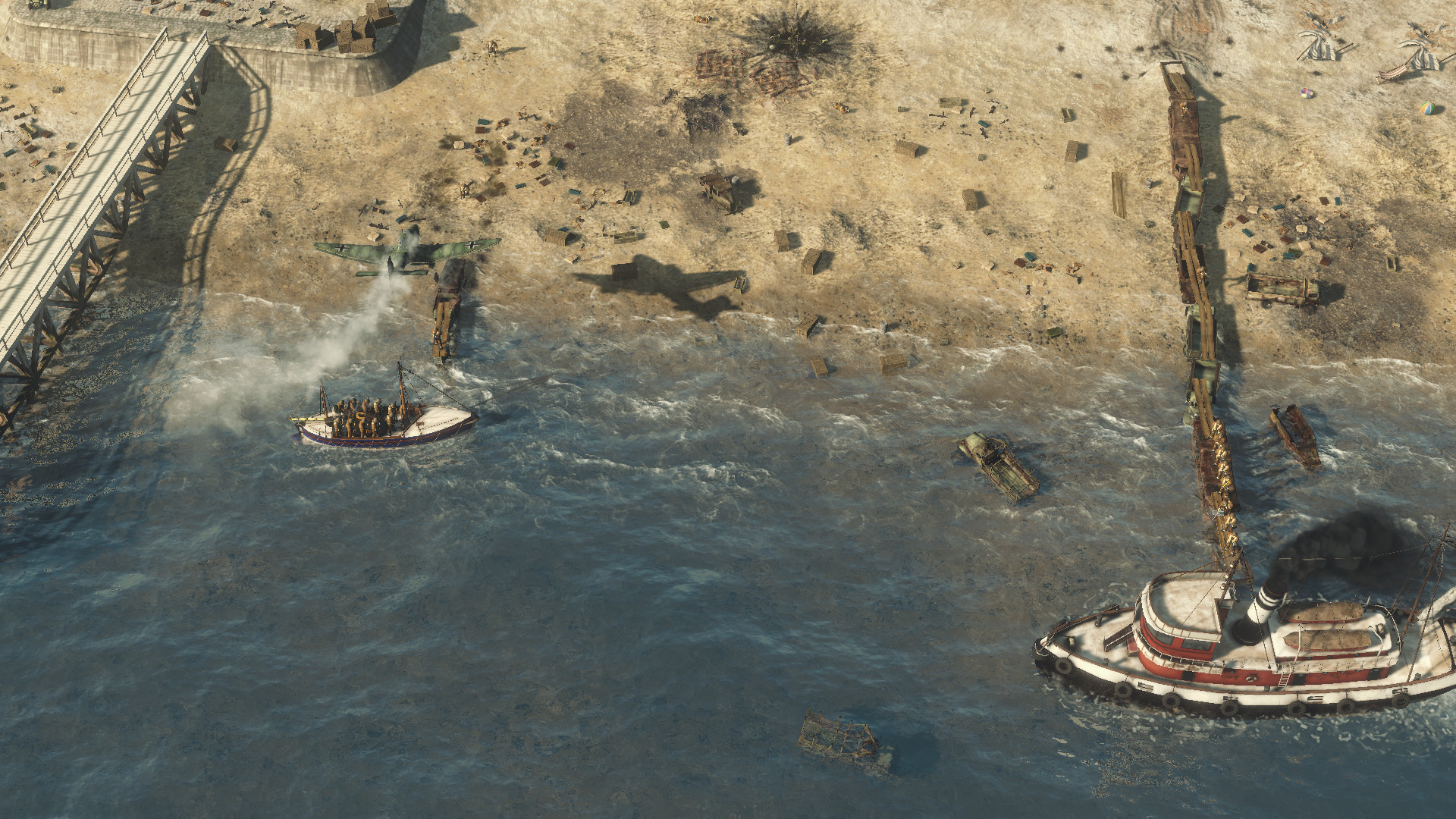
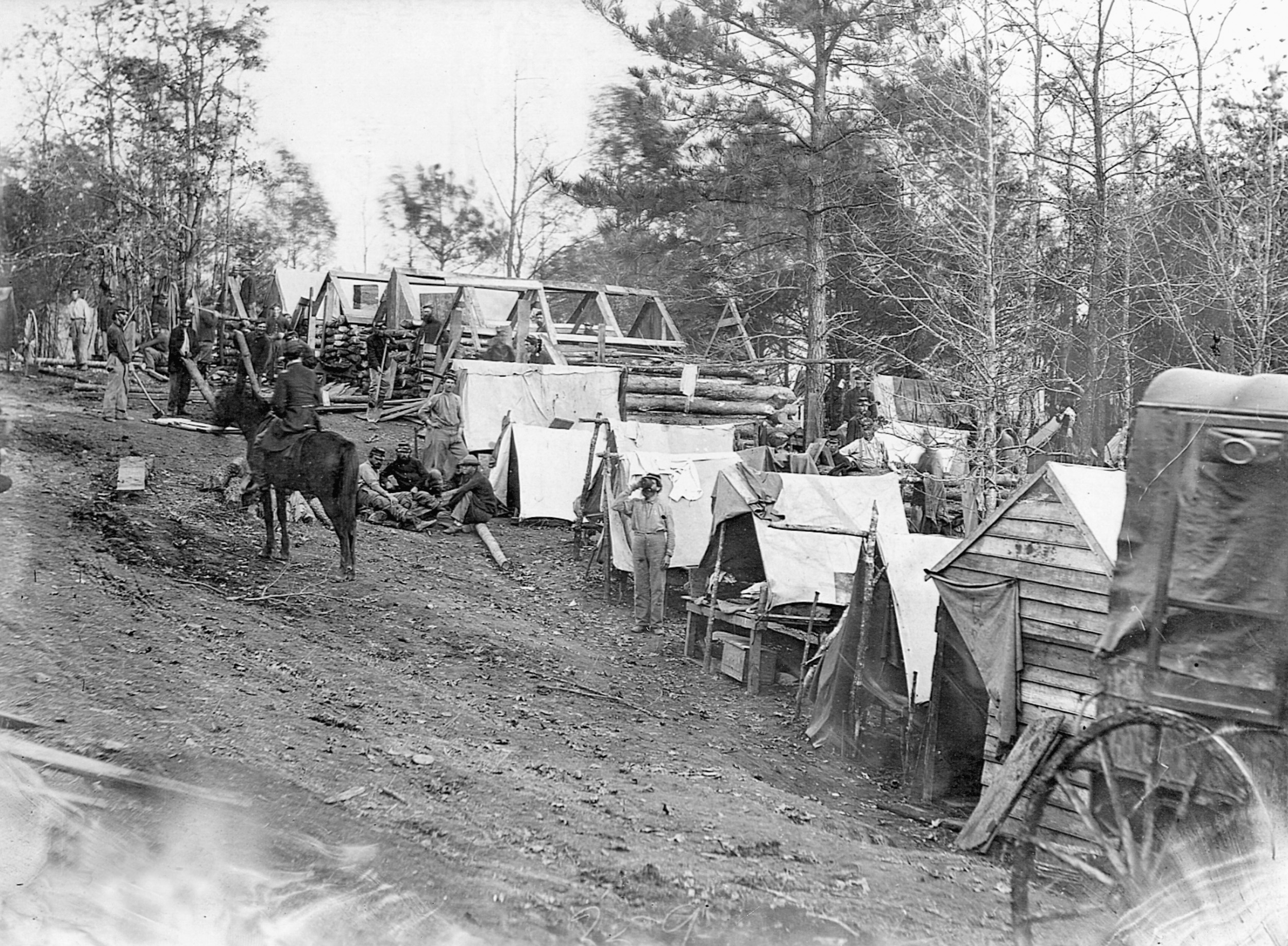

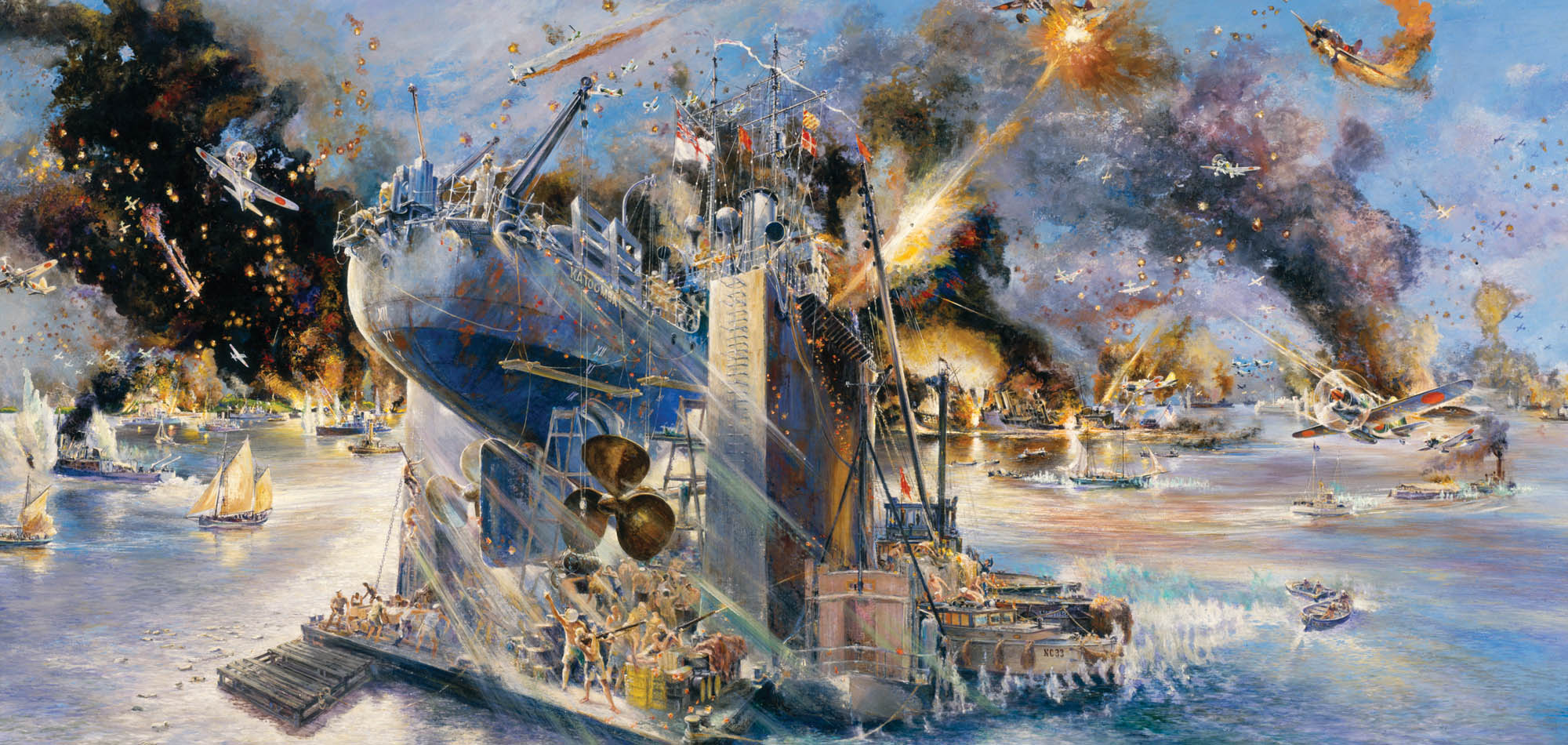
Join The Conversation
Comments
View All Comments